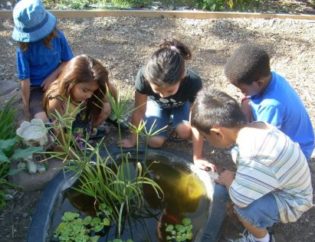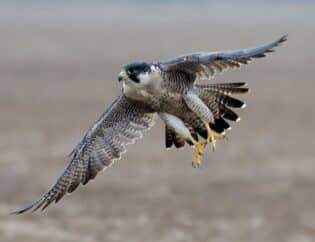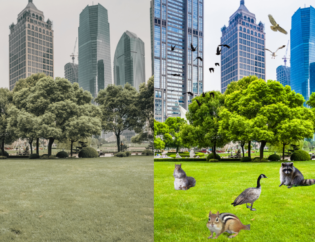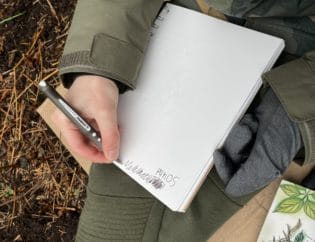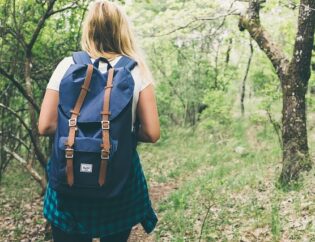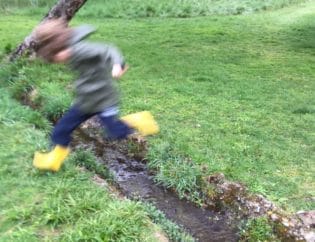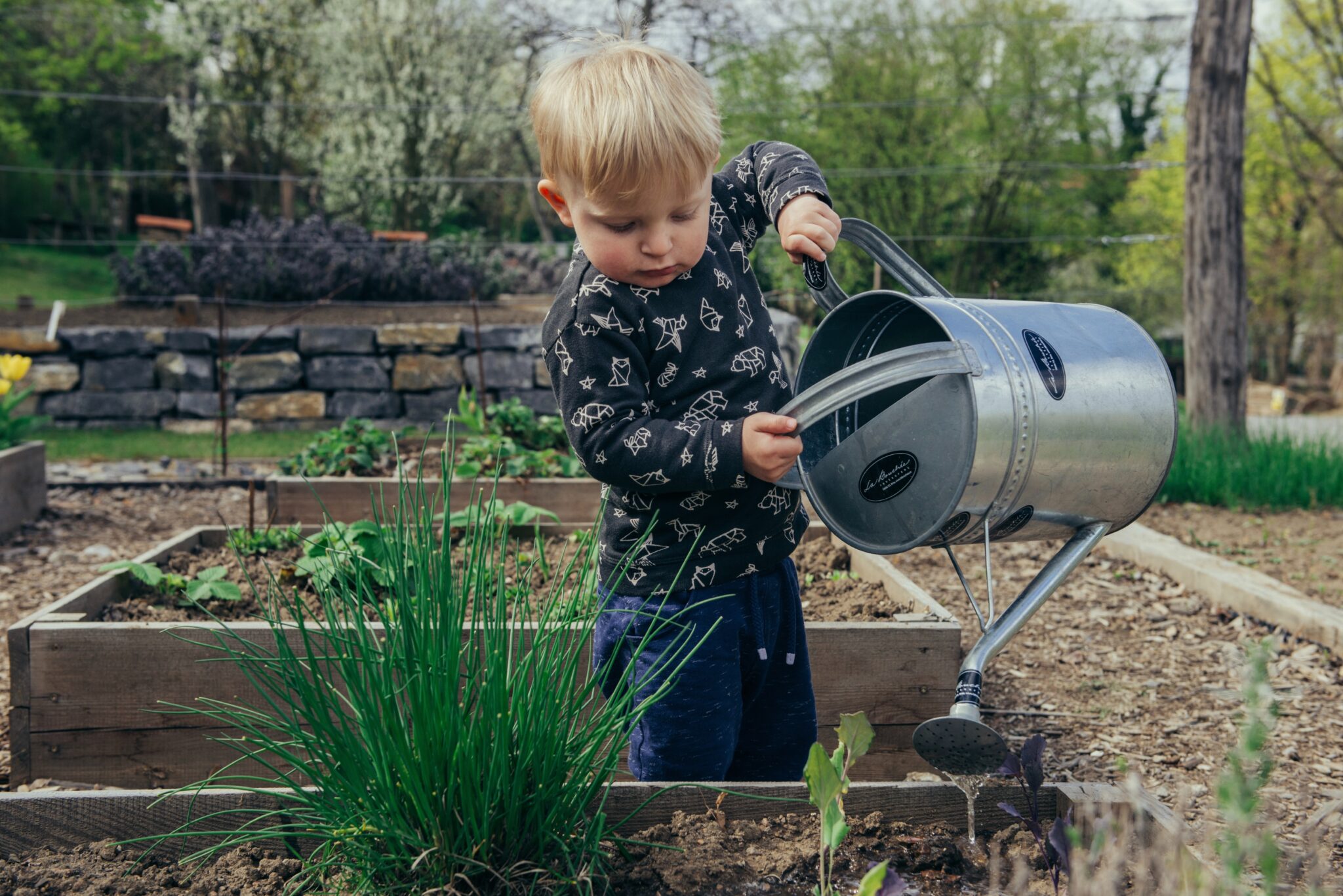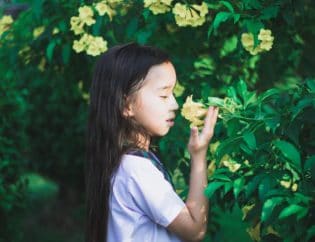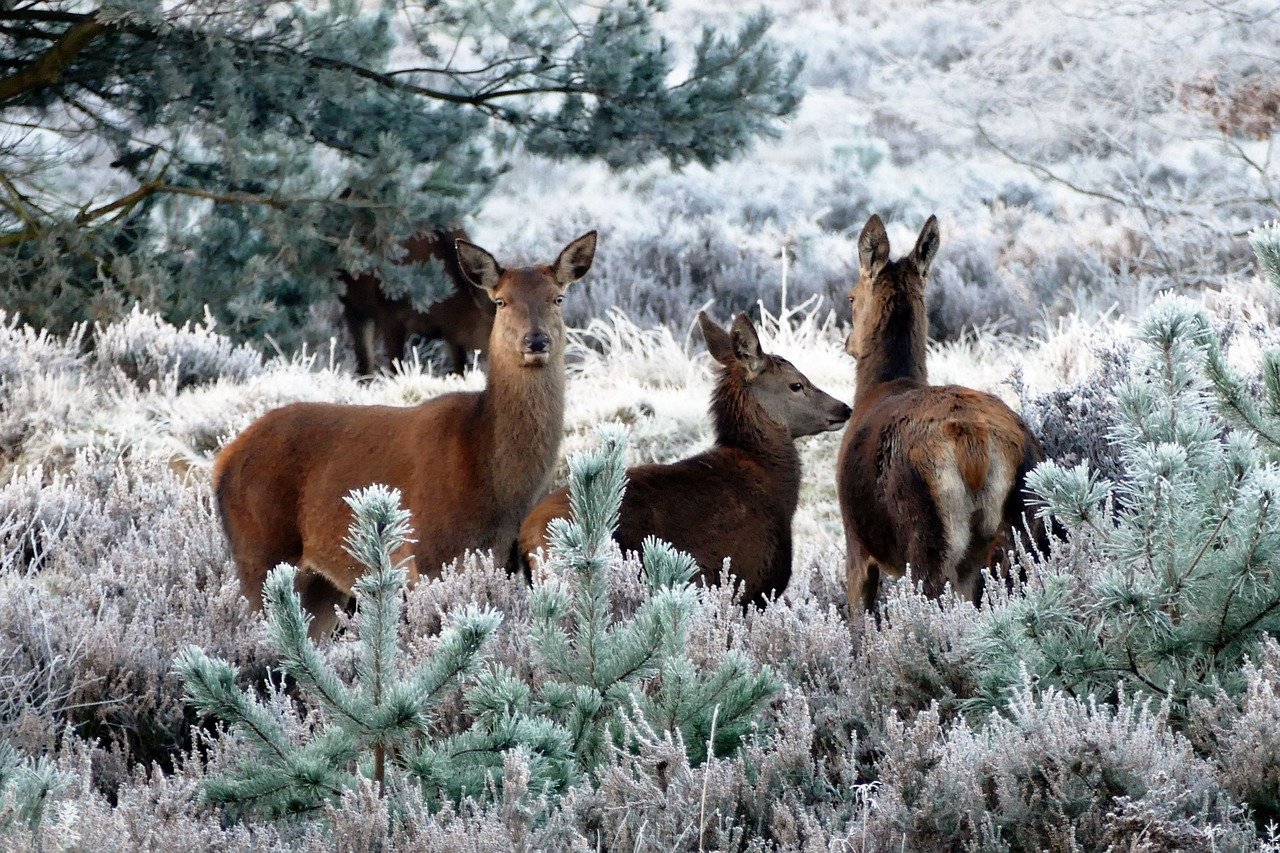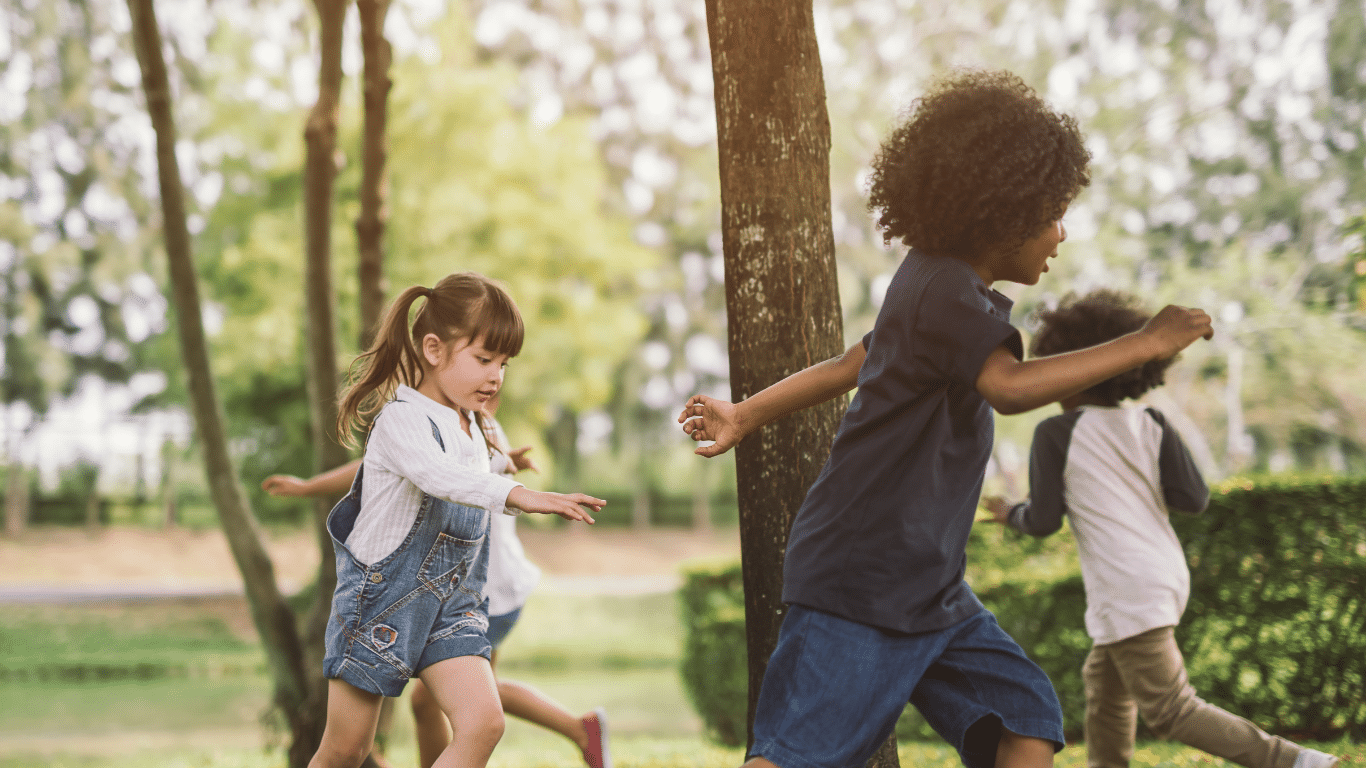
When I worked as a content strategist for the Children & Nature Network, I spent years sifting through research about the importance of nature in children’s lives. Study after study confirmed what anyone who’s ever watched children engaged in nature place already knows: nature is essential. It shapes children’s social, mental, and physical health in profound ways.
At the time, I had two middle school-aged sons. Despite all the evidence about nature's importance, I noticed that their friends were spending less time in nature and more time swallowed up by screens. Their teachers hesitated to take students outside—even to the school’s own pollinator garden I helped plant. They weren’t confident in their own natural history knowledge. “If I can’t identify plants or birds, how can I teach my class,” one teacher asked me. Parents I spoke with agreed that kids were plugged in too often and nature-deprived but they thought of the soccer field as sufficient outdoor time. I realized the problem wasn’t just with kids. Many adults had lost their own connection to nature.
If we don’t feel comfortable in nature, how can we guide children to do so?
The Decline of Nature Literacy
The truth is, our collective language for nature has been fading. Between 1800 and 1990, references to nature in books dropped by more than 60%. When the Oxford Junior Dictionary updated its 2007 edition, it removed words like acorn, bluebell, and magpie—replacing them with blog, chatroom, and MP3 player.
That loss of language mirrors a loss of connection. One study even found that humans’ overall connection to nature has declined by 60% in the past two centuries.
When I left C&NN, I knew what my next project would be: this website, childhood by nature. It would speak directly to the teachers, parents, caregivers of kids. It would make it easy and joyful for them to bring nature back into kids’ lives. I would share ideas and activities they could do in an hour, afternoon, or seasonal project. I knew nature connection wasn’t as complicated as many adults thought.
Finding Nature in the City
I didn’t grow up hiking or camping. I was a city kid. My weekends were spent at malls and roller rinks, not forests or trails. Yet I was still drawn to nature wherever I could find it. In a noisy, crowded city, a single oak tree could transport me somewhere else. Its stillness offered reassurance that life was bigger than whatever problem was consuming me that day.
That’s what I want City Safari to do for other kids: to help them see that nature is always there, even in concrete jungles. It may be quieter, smaller, or more hidden, but it’s thriving in unexpected corners.
Just as important, when nature is not thriving, I want kids to ask why—and imagine how they can help change that.
What Makes City Safari Different
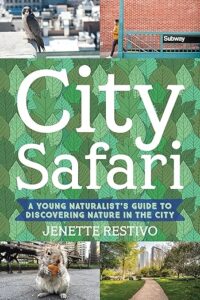
Lots of people and organizations talk about the importance of nature for kids. City Safari takes on the vital topic of how to inspire kids who live in cities to connect to nature. Why vital? Because more than half of children worldwide live in cities and that number is only on the rise. By 2050, 3 in 5 children will reside in cities. If these kids don't pay attention to, or develop any type of attachment to nature, our cities—and our world—will be in poor shape. Nature-deprived cities pollute more, are more wasteful, and strip away the biodiversity that keeps our air, water, and climate in balance.
To help kids tune into nature, City Safari also takes a different approach. It doesn’t just teach about nature, it helps kids become urban naturalists. They’ll learn where to find green spaces, how to interpret clues left by wildlife, and what role they can play in helping city ecosystems thrive. They’ll discover surprising facts—like how an eastern gray squirrel in a city often lives only about a year, or that U.S. cities collectively contain over a million acres of urban parks that serve as vital refuges for wildlife.
Each page is filled with nature terms, stories, and even a glossary to help kids (and adults!) rebuild the vocabulary we’ve lost.
A City Safari Awaits
If I’ve done my job well, City Safari will inspire kids to see their neighborhoods through new eyes. Their city streets can become a living classroom, filled with tracks, sounds, and tiny ecosystems waiting to be discovered.
They might not encounter exotic animals on their city safari—but they’ll uncover something even better: a sense of wonder and belonging in the natural world right outside their door.
Because when children learn to care for the nature around them, they don’t just change their cities. They change our future.

